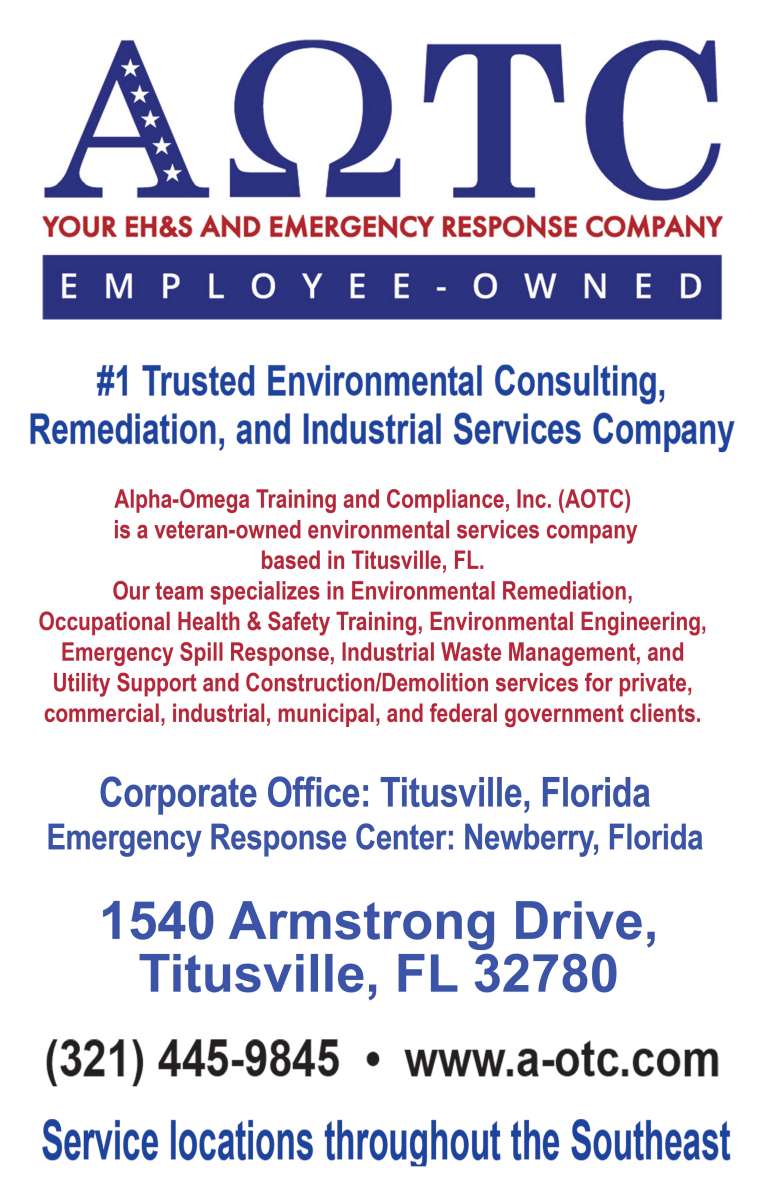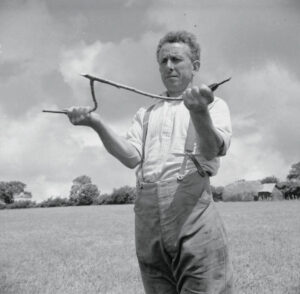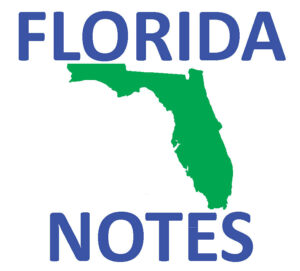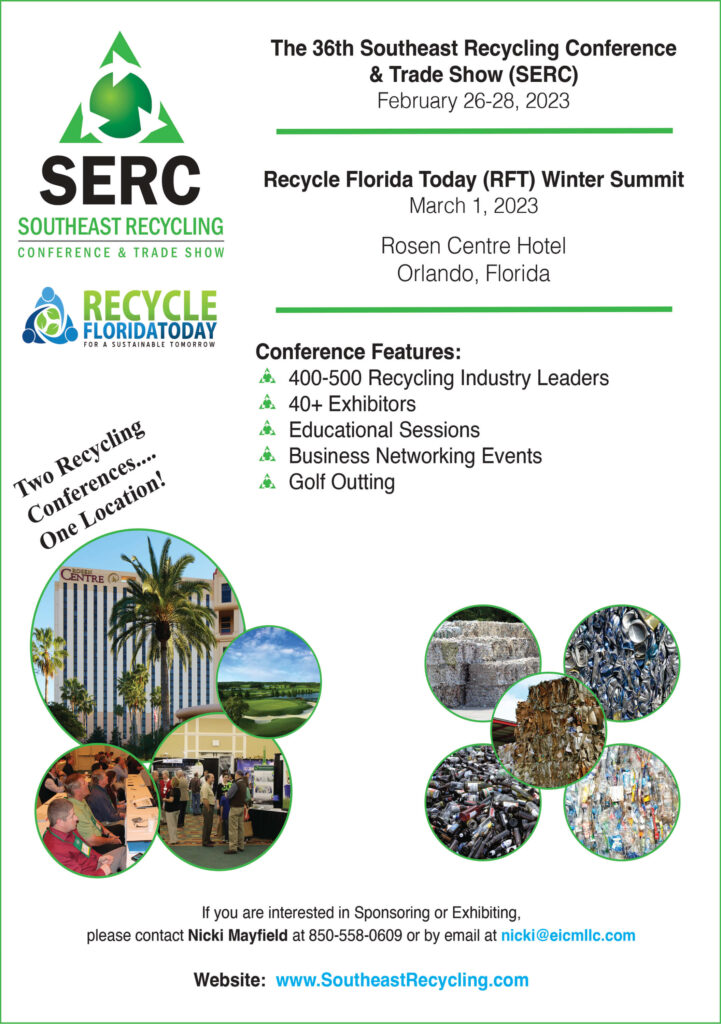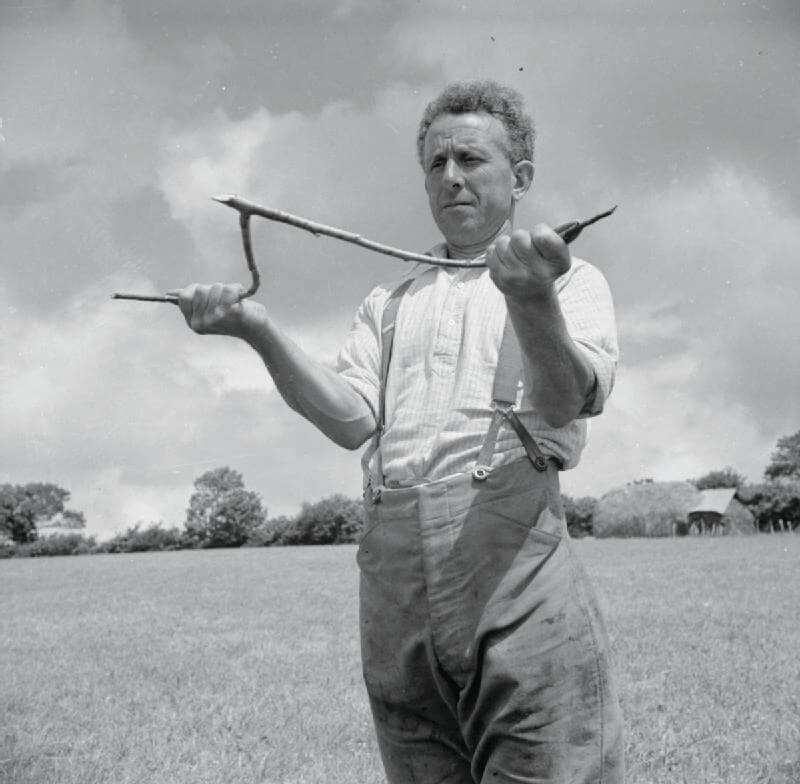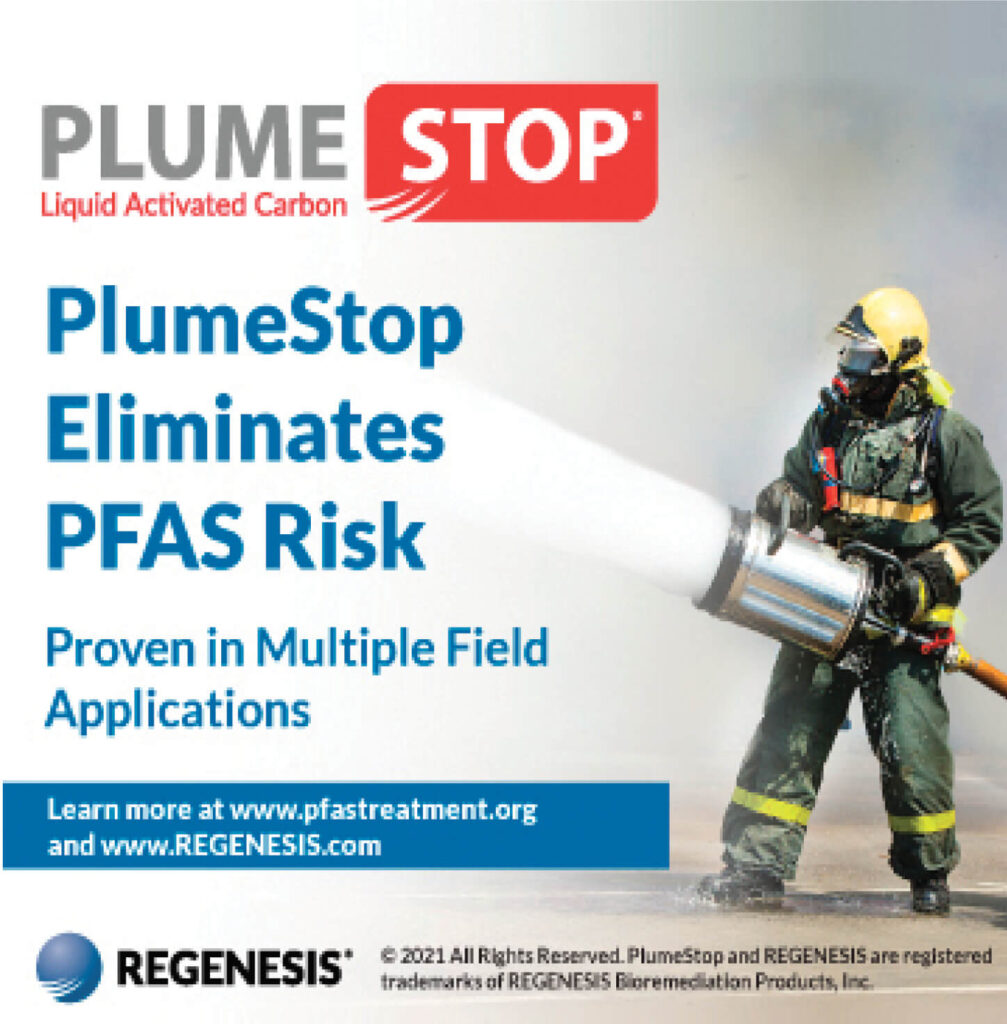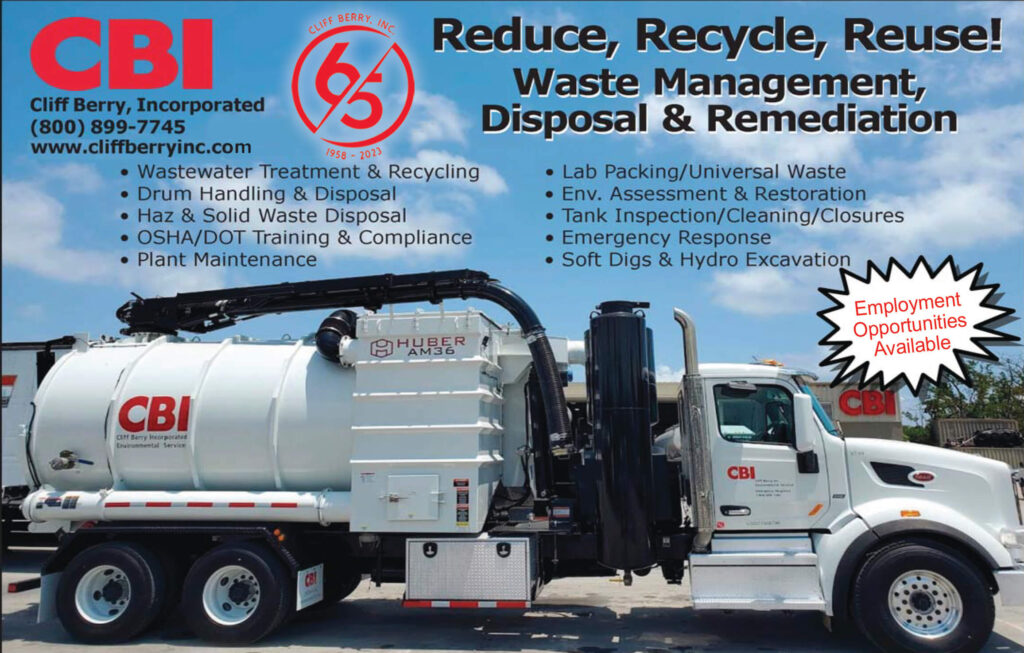By JOE SAMNIK,
Consulting Arborist
You might recall the day when it was thought impossible that smoking would not be allowed in public places. Or the day that refusal to do business at certain levels in social economic venues could be prohibited.
The days when Big Brother and his involvement in your business life was almost nonexistent. Those days are gone. And government restrictions are only going to worsen, especially true regarding the environment.
Already electric cars are being mandated as opposed to being optional. There are too many environmental restrictions to even mention in an article. But you get the point: changes are coming. And the biggest changes will be in the area of the environment and how it is managed.
Too many articles have been written and warnings issued regarding the negligent use, pollution, and waste of water. Runoff of pesticides and fertilizers are ubiquitous and warnings abound.
Best Management Practices are in place to help mitigate these issues, but the problems are only worsening as populations grow. There is only one answer to these issues: more government intervention.
These interventions will manifest at university levels. These learning institutions currently do not educate landscape architects as to soil sciences. Gone is an understanding of the use of water, pesticides, and fertilizers, so our landscape architects are being graduated with no knowledge in the subject matter.
Consequently, landscapes are cookie-cutter versions of popular plants placed in an artistic manner and approved by city and county ordinances for installation, the very city and county jurisdictions issuing dire warnings of pollution and runoff issues.
Maintenance companies have no concept of fertilizers and fertilization. Landscapes are being drenched with run-off materials and minerals into our aquifers. Plants are being installed that require pruning up to 48 times per year. The maintenance specifications are not based in science.
The marketplace is awash with negligence and lack of duty. Landscape maintenance contractors are changed more often than most folks change their socks.
But one thing remains constant: the ground-floor ignorance of all participants resulting in a scenario that will force change before it is too late, to the extent it already is not too late.
Because all involved are ignorant of the sciences that could control negative outcomes, new regulations shall be imposed with the result as the targeted goal, not the means to get there.
The only worst-case scenario is that the government will apply science to come up with regulated specificity. It’s a grim and bleak future.
Will the chaotic marketplace actually produce a product that will meet the goals of eliminating or greatly reducing waste runoff into the aquifers? Perhaps, but at a significant loss of revenue.
One thing is certain: new landscapes will not look like the ones we currently interface with while shopping or conducting business.
Commercial landscapes of the future will have little resemblance to current landscaping and landscape outcomes.
Gone will be turfgrass. While turfgrass carries with it a long list of negatives, it also has positive attributes associated with its use.
These attributes will be forgotten and disregarded. There will be no turfgrass in the future of landscapes. Ornamental grasses will abound.
Native plants that nobody has seen or knows about will populate the backbone of future landscapes. Irrigation might be installed; however, its use will be enormously restricted. Never again will you see landscapes watered 3 times a week.
Commercial properties will be given water budgets that will be strictly enforced.
All plant material utilized in landscape designs must be drought-tolerant.
Fertilizers will only be applied once every two or three years, if that.
Pesticides will be a thing of the past in commercial settings with few exemptions.
We have only ourselves to blame. From the top educators down to the person charged with the responsibility of blowing fertilizer granules from parking lots, we all are guilty of having not taken responsibility when the opportunities presented themselves to do so.
At this very moment, the applied science is available to reduce irrigation on current landscape designs by 80% or more.
The science is in place now that fertilizing once every two years will produce and maintain a beautiful landscape. There is science now that all but eliminates the need for pesticides.
We had our chance. We did not take it. Enjoy the future of landscape beautification . . . whatever that will even mean.●




